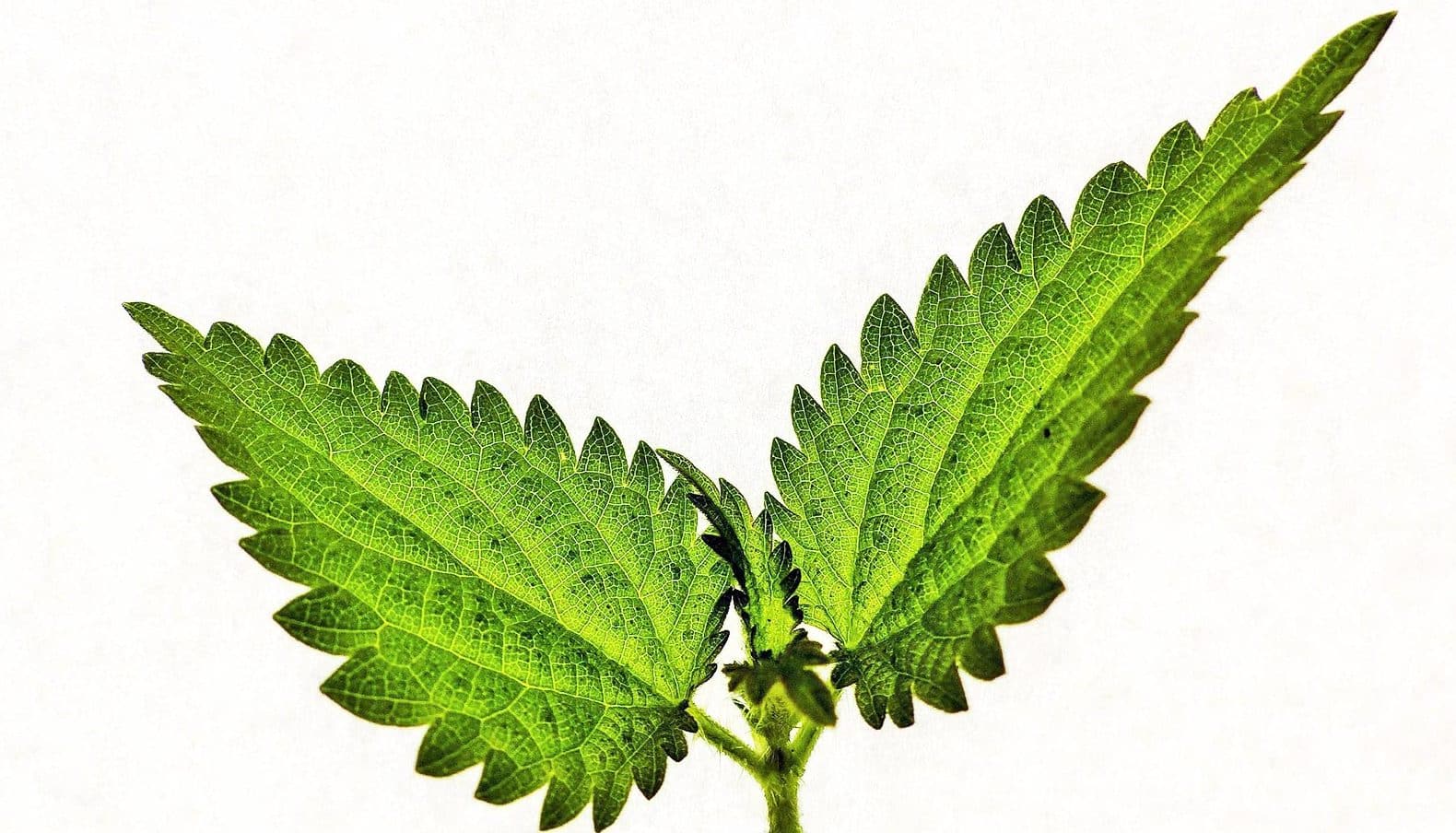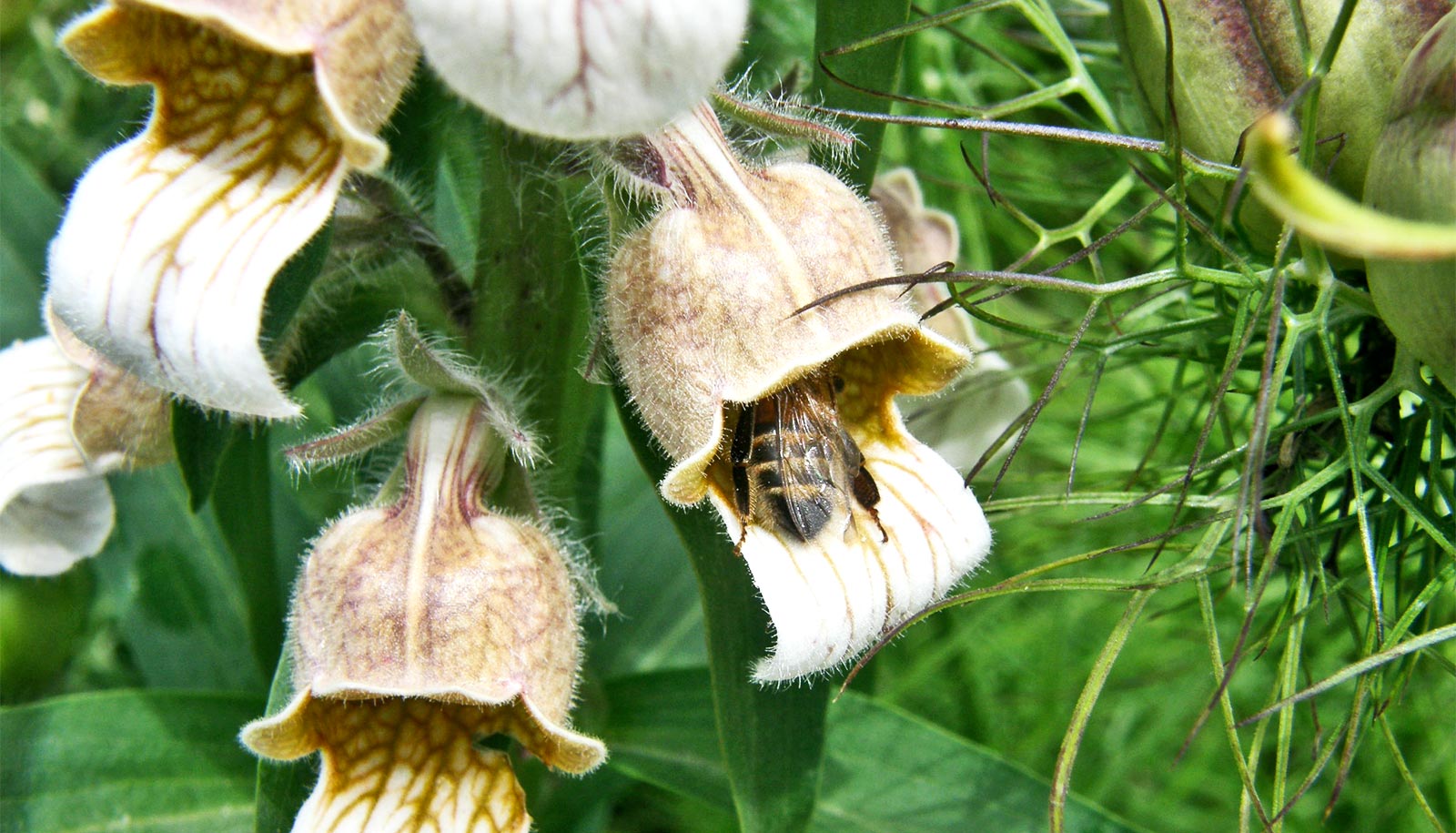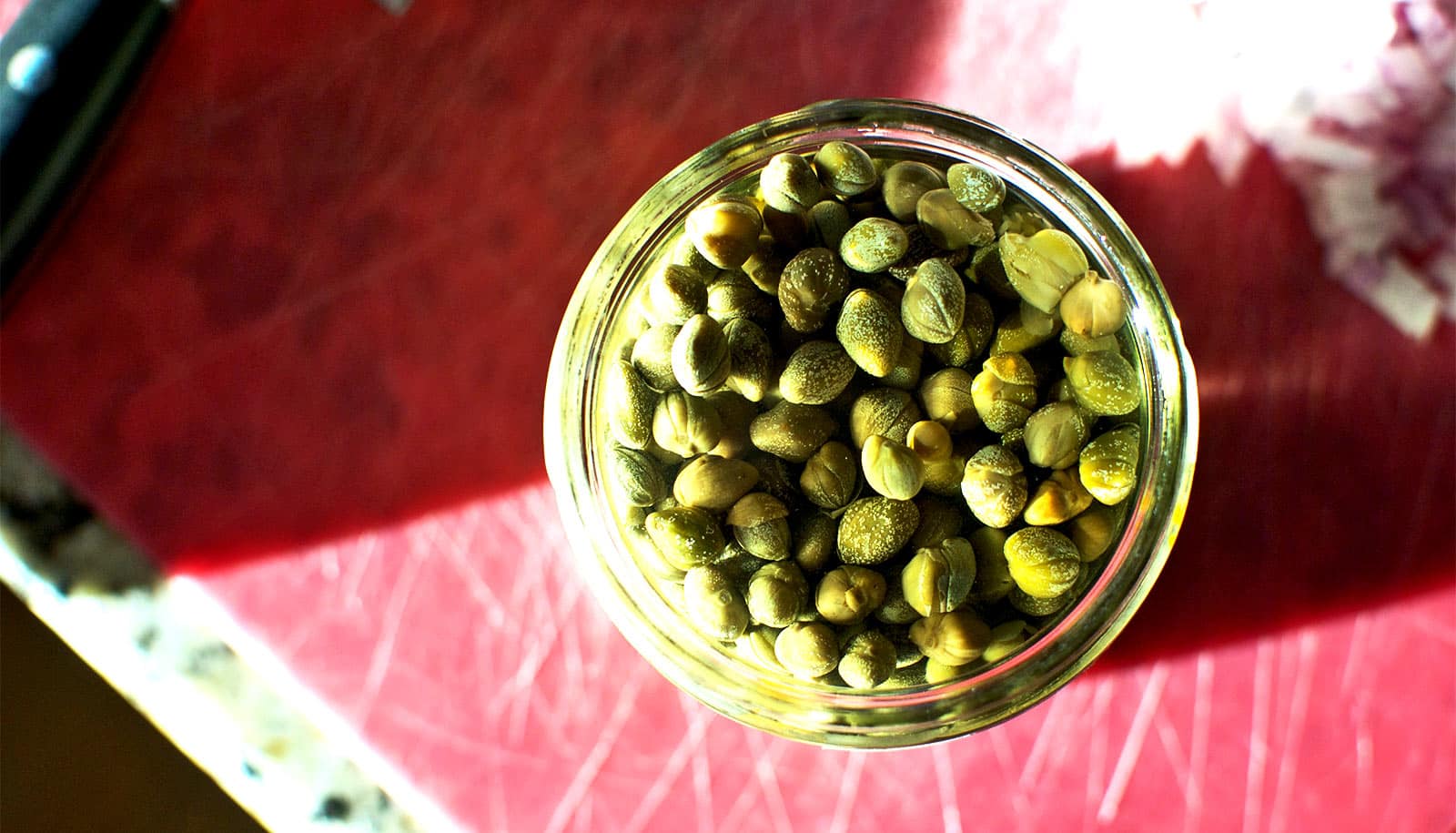New research offers a molecular view of how plants with a long history of use by Native Americans worked to treat pain and diarrhea.
The researchers reveal a striking pattern following a functional screen of extracts from plants collected in Muir Woods National Monument in coastal redwood forest land in California
The study, published in Frontiers in Physiology, found plants that activated the KCNQ2/3 potassium channel, a protein that passes electrical impulses in the brain and other tissues, has a long history of use by Native Americans as topical analgesics, to treat conditions such as insect bites, stings, sores, and burns. Less intuitively, the same plants that activated KCNQ2/3 and were used as folk analgesics, were often also used as gastrointestinal aids, especially for preventing diarrhea.
“Done in collaboration with the US National Parks Service, this study illustrates how much there is still to learn from the medicinal practices of Native Americans, and how, by applying molecular mechanistic approaches we can highlight their ingenuity, provide molecular rationalizations for their specific uses of plants, and potentially uncover new medicines from plants,” says Geoffrey Abbott, professor in the department of physiology and biophysics at the University of California, Irvine School of Medicine.
KCNQ2/3 is present in nerve cells that sense pain, and its activation would be expected to soothe pain by disfavoring transmission of the pain signal. The breakthrough finding came when the team discovered that the same plant extracts that activate KCNQ2/3 have the opposite effect on the related intestinal potassium channel, KCNQ1-KCNE3. This finding is striking as previous studies on modern medicines showed that KCNQ1-KCNE3 inhibitors can prevent diarrhea.
The Abbott Lab is currently undertaking a much broader screen of native US plants toward these goals. Already they have shown that quercetin and tannic and gallic acids, present in several of the plants studied, explained many of the beneficial effects of the plants. The team also identified binding sites on the channel proteins that produce the effects.
With this knowledge at the molecular level of compounds that can activate versus inhibit closely related human ion channel proteins, future work can be directed at improving drug specificity and therefore safety, while retaining efficacy. More specifically, medicinal chemistry approaches can be applied to further optimize the plant compounds with the goal of treating pain and secretory diarrhea.
The paper “shines a light on the incredible ingenuity and medicinal wisdom of Californian Native American tribes,” says Abbott.
The public health implications for improved drugs in these areas are considerable. Novel, non-opioid analgesics are highly sought after as we battle the twin public health concerns of chronic pain and opioid addiction. In addition, according to the CDC, diarrheal diseases account for 1 in 9 child deaths worldwide; incredibly, diarrhea kills over 2,000 children every day worldwide—more than AIDS, malaria, and measles combined.
Source: UC Irvine



